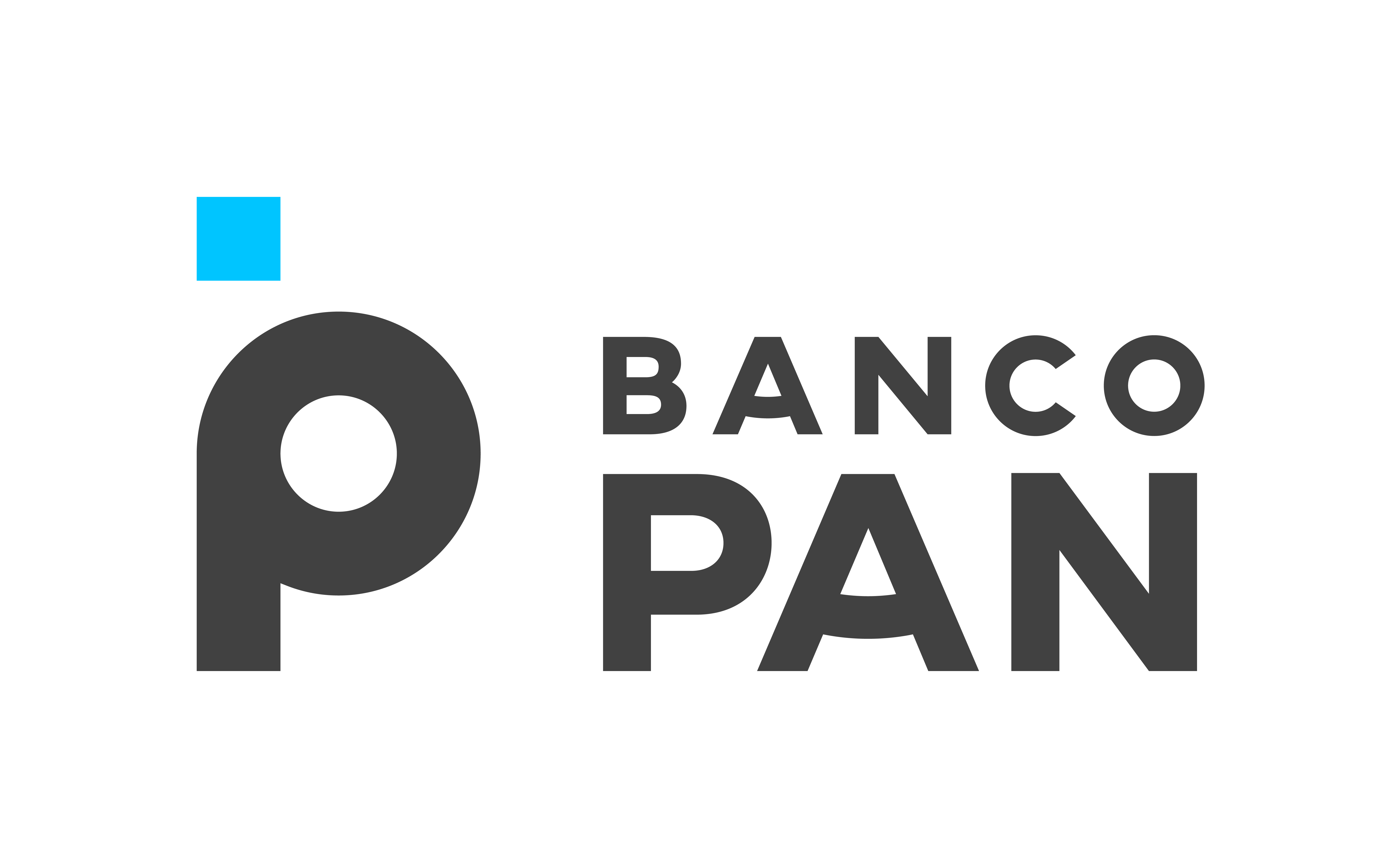Retirement planning in the United States is undergoing a transformation like never before. As societal expectations shift and economic landscapes evolve, individuals are redefining what it means to prepare for life after work. This shift is driven by changes in demographics, technology, and the increasing need for financial security.
Gone are the days when a simple savings account and a traditional pension plan sufficed. Today, planning for retirement demands adaptability, foresight, and the use of innovative tools. In this article, we’ll explore the emerging trends reshaping retirement planning and introduce essential tools that are helping Americans achieve financial independence in their later years.
Shifting demographics and their impact on retirement

The aging population in the United States is a significant factor influencing retirement planning. Baby Boomers, who represent a large portion of the workforce, are retiring in droves, with about 10,000 individuals reaching retirement age every day. This demographic shift has created an increased demand for tailored financial advice and retirement products designed to cater to diverse needs.
Additionally, people are living longer due to advancements in healthcare and better lifestyle choices. This extended lifespan presents a unique challenge: ensuring that retirement savings last for decades. The traditional notion of retiring at 65 and relying solely on Social Security is no longer sufficient. As a result, financial planners are urging individuals to adopt strategies that consider longevity risk.
The younger workforce, primarily Millennials and Generation Z, is also reshaping retirement planning. These groups prioritize flexibility and digital tools, seeking plans that align with their unique career paths and lifestyle choices. Many are exploring gig work or entrepreneurial ventures, which often lack employer-sponsored retirement benefits, making individual planning critical.
In response, employers and financial institutions are developing innovative solutions, such as customizable 401(k) plans, to cater to diverse employee needs. Additionally, workplace financial wellness programs are gaining traction, empowering employees to make informed decisions about their financial futures.
The role of technology in modern retirement planning
The rise of technology has revolutionized how Americans approach retirement planning. Digital platforms and apps now offer unparalleled access to tools that simplify saving and investing, making financial planning more accessible and engaging than ever before. Robo-advisors are one of the most notable innovations in this space.
These AI-powered platforms provide personalized investment advice and portfolio management at a fraction of the cost of traditional financial advisors. For individuals with limited financial knowledge, robo-advisors offer an intuitive and affordable way to plan for retirement.
Moreover, mobile apps like Mint and Personal Capital are transforming how people track their finances. These platforms allow users to monitor their spending, set savings goals, and invest in retirement accounts—all from their smartphones. The ease of use and real-time updates have made financial planning less daunting for tech-savvy individuals.
Virtual reality tools are also making waves in financial education. By simulating future scenarios, these tools help individuals visualize their retirement goals and understand the steps needed to achieve them. For instance, users can explore how different savings rates or investment choices impact their financial security in later years.
Despite the convenience of technology, the human element remains crucial. Hybrid models, which combine robo-advisors with human financial planners, offer a balanced approach. This combination ensures that users benefit from both advanced analytics and personalized advice, enhancing their retirement planning experience.
The shift towards personalized retirement strategies
Another major trend in retirement planning is the emphasis on personalized strategies. Financial planners recognize that there’s no one-size-fits-all solution, as each individual’s goals, income, and lifestyle differ significantly. This shift has led to the rise of tailored financial plans that consider factors such as risk tolerance, family responsibilities, and health status.
Additionally, the FIRE (Financial Independence, Retire Early) movement has gained momentum among certain groups. This lifestyle involves aggressive saving and investing, allowing individuals to retire decades earlier than traditional timelines. While not suitable for everyone, the FIRE philosophy highlights the importance of defining personal retirement goals and taking proactive steps to achieve them.
Retirement planning now also involves incorporating non-financial aspects, such as mental health and social engagement. Financial advisors are increasingly encouraging clients to consider how they will spend their time in retirement, emphasizing hobbies, volunteering, or part-time work to maintain a sense of purpose and fulfillment.
To support this personalized approach, financial institutions are introducing advanced analytics and behavioral assessments. These tools help individuals better understand their spending habits and create plans that align with their unique circumstances. As a result, retirement planning is becoming a holistic process that goes beyond numbers.
Essential tools for successful retirement planning
As retirement planning evolves, having access to the right tools has never been more important. From budgeting apps to investment platforms, these tools are empowering individuals to take control of their financial futures. One essential tool is employer-sponsored retirement plans, such as 401(k)s.
These accounts allow workers to save pre-tax dollars, often with the added benefit of employer matching contributions. For those without access to a 401(k), Individual Retirement Accounts (IRAs) offer a valuable alternative, providing tax advantages and flexible investment options.
Another valuable resource is the Social Security Administration’s online tools, which help individuals estimate their future benefits and plan accordingly. By understanding how Social Security fits into their overall retirement strategy, Americans can make informed decisions about when to claim benefits and how to supplement them with other income sources.
Annuities are also gaining popularity as a tool for guaranteed income in retirement. These financial products provide a steady stream of payments, ensuring that retirees have a reliable income source regardless of market fluctuations.
However, it’s crucial to understand the terms and fees associated with annuities before committing to them. For those seeking guidance, working with a Certified Financial Planner (CFP) can provide valuable insights. These professionals are trained to create comprehensive retirement plans tailored to individual needs, helping clients navigate complex financial decisions.
Finally, educational resources like webinars, podcasts, and financial literacy courses are empowering individuals to take an active role in their retirement planning. By staying informed, Americans can adapt to changing trends and make confident decisions about their financial futures.





